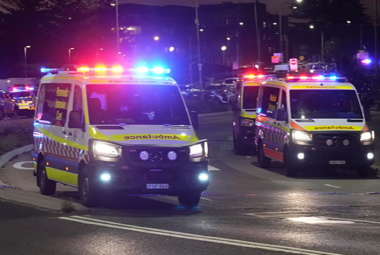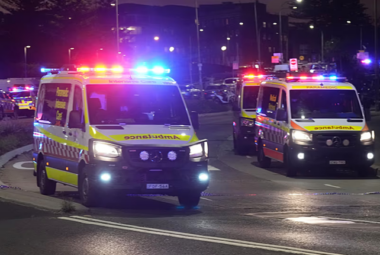National Cabinet must today resolve to plug gaping holes in the housing and homelessness support available to women fleeing violence, amid widespread concerns a forthcoming national plan and new funding agreement will lack sufficient ambition and resources to provide safe homes.
There have been no indications from decision makers that the forthcoming state/federal housing and homelessness plan or new National Housing and Homelessness Agreement will significantly extend on commitments already made to housing and homelessness investment.
“Lack of pathways to housing mean women experiencing violence are stuck in homelessness, with many returning to violent homes or never leaving,” said Homelessness Australia CEO Kate Colvin. “Violence is the biggest cause of homelessness for women and children. Yet on current settings that’s unlikely to improve. National Cabinet can not avert its eyes. It must confront this challenge on Wednesday.”
In 2022-23, homelessness services assisted 58,589 women and 37,825 children who had experienced domestic and family violence.
But only 3.7% of those seeking housing got the long term housing they need to be safe.
|
Clients who have experienced family and domestic violence, by need for services and assistance and service provision status, AIHW Specialist Homelessness Services 2022–23 |
||||
|
Assistance sought |
Number of clients seeking assistance |
Provided |
Referred only |
Not provided or referred |
|
Short-term or emergency accommodation |
48,141 |
33,464 (69.5%) |
3,574 |
11,103 (23.1) |
|
Medium-term/ transitional housing |
31,219 |
8,821 (28.3%) |
5,666 |
16,732 (53.6) |
|
Long-term housing |
37,392 |
1,365 (3.7%) |
9,445 |
26,582 (71.1) |
A greater proportion of victim survivors were provided with emergency accommodation, but often not for the length of time needed. In 2022-23, 10,021 women and children were sleeping rough, couch surfing or in other forms of homelessness at their last reported contact with homelessness services.
“Homelessness services are so overwhelmed that many women and children can’t even get through the door. Each day homelessness services turn away 295 people; four in five of them are women or children.
“The result of these gaping holes in the housing and support women need to be safe is that women return to violence and many never leave.”
In 2021, the Everybody’s Home Nowhere to Go report estimated that 7,690 women a year are returning to perpetrators because they have nowhere to live. The 2016 Personal Safety Survey revealed that more than 20,000 women who wanted to leave a violent partner said they were unable to go because of a lack of money or financial support.
“The forthcoming 10-year National Housing and Homelessness Plan and the new five year National Housing and Homelessness Agreement are important opportunities for governments to drive transformational change to improve women’s safety.
“National Cabinet must end the federal state blame game on housing and homelessness and commit to taking responsibility to actually fix the problem.
“The Federal Government needs to double its social housing and homelessness investment, and the States should match that investment.
“It’s also time for meaningful targets. The National Plan should aim to end homelessness for women and children who are fleeing violence, and to significantly increase the number of women who can achieve safety while remaining in their home.
To arrange interview call Nick Lucchinelli on 0422 229 032



